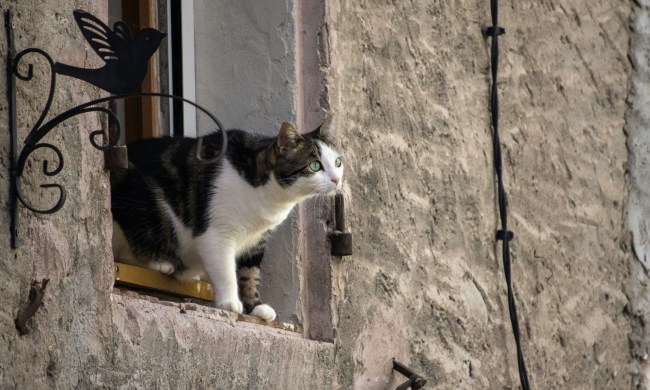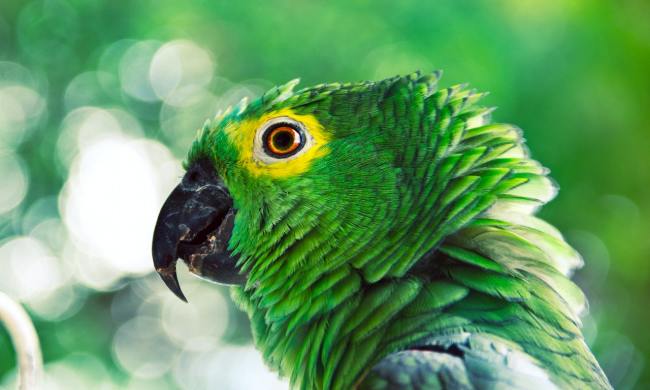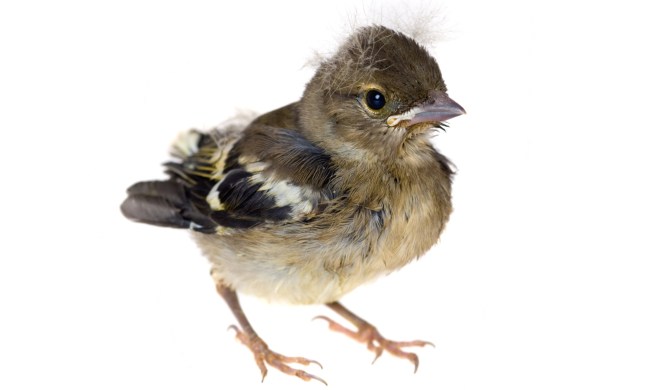Finding an injured bird is something that crops up a lot in children’s stories, but it can really happen, and you’ll want to know what to do if you come across one. Taking care of the bird is tricky, especially since either one of you can come to harm if you don’t follow the right steps. So, take a few deep breaths and approach the bird with caution and consideration. Here's what to do if you've found an injured bird.
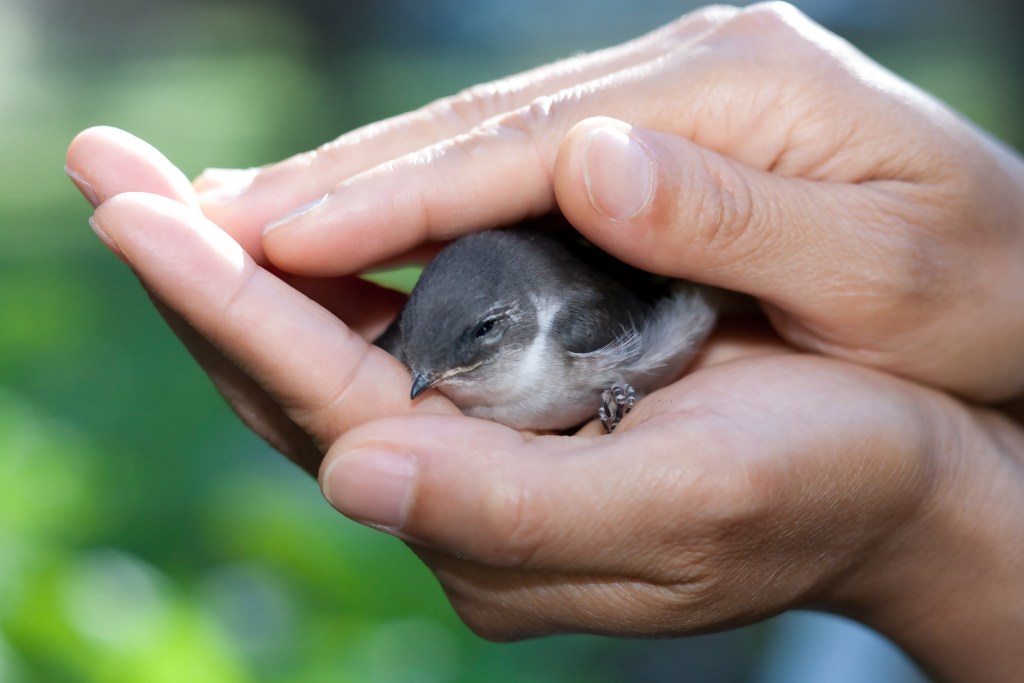
How do you know if a bird is injured?
You see a bird on the ground. Maybe his feet look twisted. Perhaps he’s dragging his wing. He might not move right away. Don’t jump to the conclusion that he has an injury; It actually could be something else entirely.
Depending on where you see the bird, it may be a pet, nesting on the ground, or even faking an injury. Approach cautiously and follow the bird from a safe distance (if she’s leading you away from her nest, you’ll notice her drop the act quickly when you exit the area). Baby birds can confuse us even more as there’s a chance they’re just lost and not injured. Observe closely before you determine whether to intervene.
What to do with an injured bird
Once you’ve confirmed your new avian friend needs rescuing, you’ll want to find a way to pick him up.
Step 1: Wrap your hands. If you happen to have a pair of latex gloves on you, you’re set. Otherwise, it’s best to cover your hands with something else if you can (a cloth, towel, or even a shirt all suffice).
Step 2: Proceed cautiously. Remember, birds do carry pathogens like salmonella that can transfer to humans, and even in their weakened state, they could peck at you thinking you’re a predator.
Step 3: Get him to safety. Carry the bird very gently but firmly (so you don’t drop him) into a safe space — preferably your home — and prepare a small “nest” for him to recover in. Use your cloth or towel as bedding and place him in a cardboard box.
Step 4: Keep him secure. Make sure to add air holes but then place him inside and close the lid, taping it shut if need be. He should be snug but not squished and not too hot or too cold — a high room temperature will work well to get him nice and comfortable.
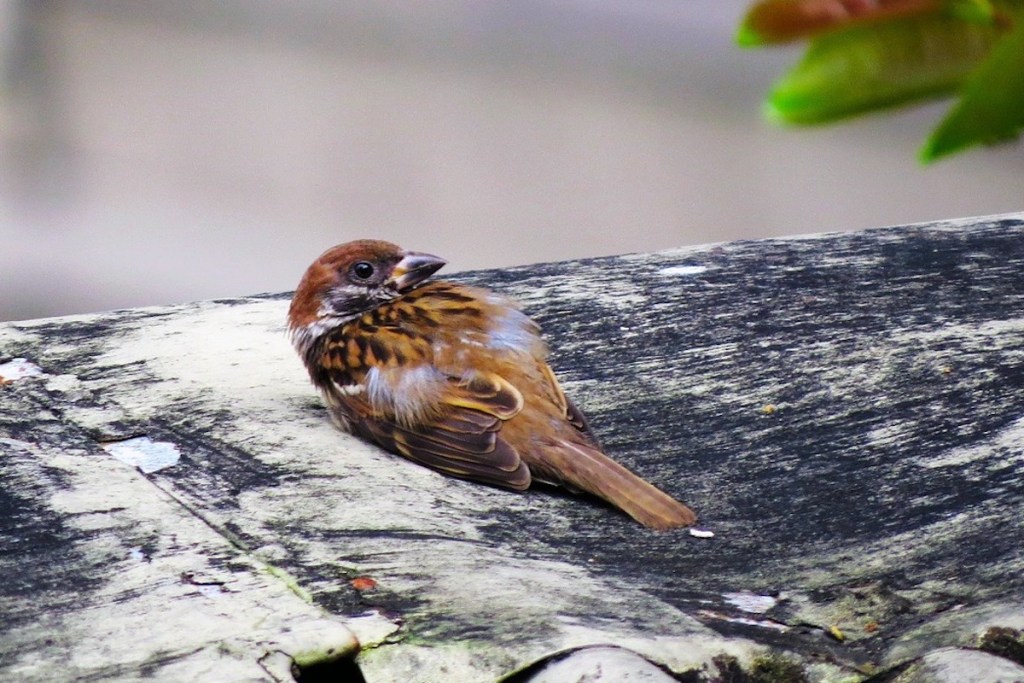
How to care for an injured bird
Step 1: Call an animal rescue. Many cities will have local rehabilitation groups that will both talk you through next steps and take in the animal. Check social media as well as websites for anyone nearby that can help. National organizations, such as Audubon or the National Wildlife Rehabilitators Association, can also guide you.
Step 2: Hold off on food and water. Your rescue may instruct you to give the bird sustenance while you wait to connect him with an expert, but don’t jump the gun on that.
Step 3: Check on your bird frequently. Take him outside periodically if you notice him recovering. Birds who crash into windows are often just stunned and recover on their own with a little rest. Don’t force him out but allow him to fly away if he’s able.
Step 4: Transfer him to a rescue. Be extra careful in the car to keep him stable and hold on tight. A dog or cat crate can help if you place the box inside and then buckle it in to keep the bird steady while driving.
Step 5: Dispose of the body as necessary. Sadly, no matter what you do, some birds will die, either of shock or because their injuries were too great. Depending on the species, you may still want to surrender the body for proper disposal or even research, which can help you feel that your little bird’s still contributing.
One last thing: Sometimes, a fledgling falls from his nest but isn’t hurt at all. A loud cheep from him is much more likely to be a distress signal than a cry of pain. He still needs help, though! Don’t listen to the old adage that you shouldn’t return a songbird to its nest. Mama doesn’t mind at all, and there’s a chance you’ll save the baby in the process. Look in the surrounding areas for his home (these little guys won’t make it far) and then place him in the right spot (be mindful of other babies). No matter what, take a few pics to always remember this special experience.


